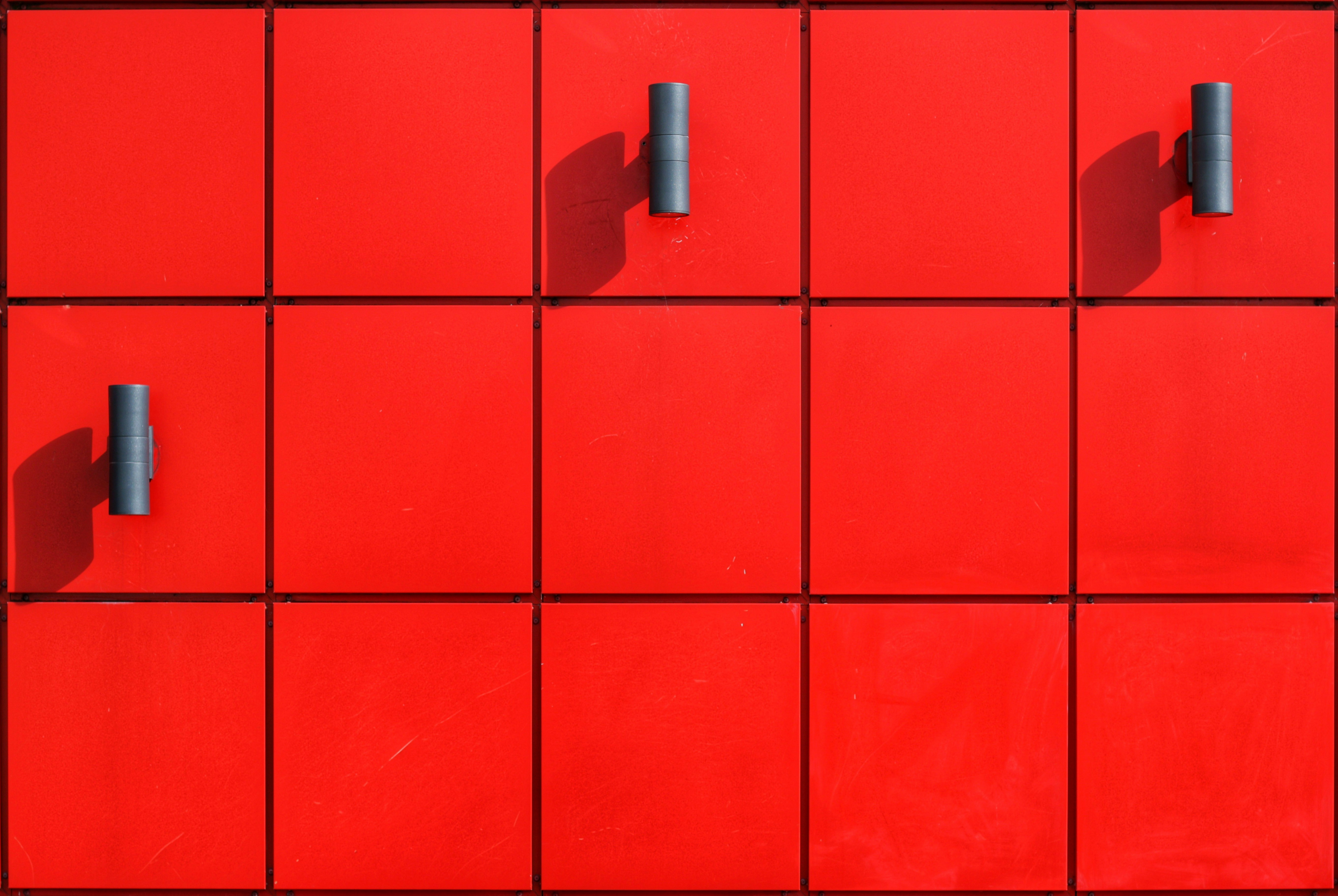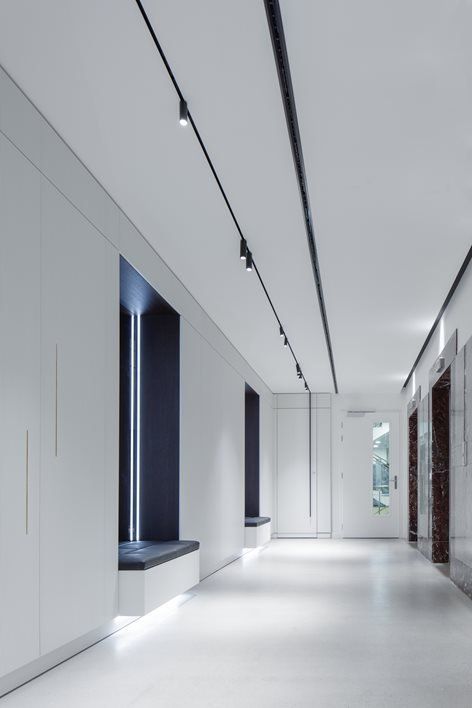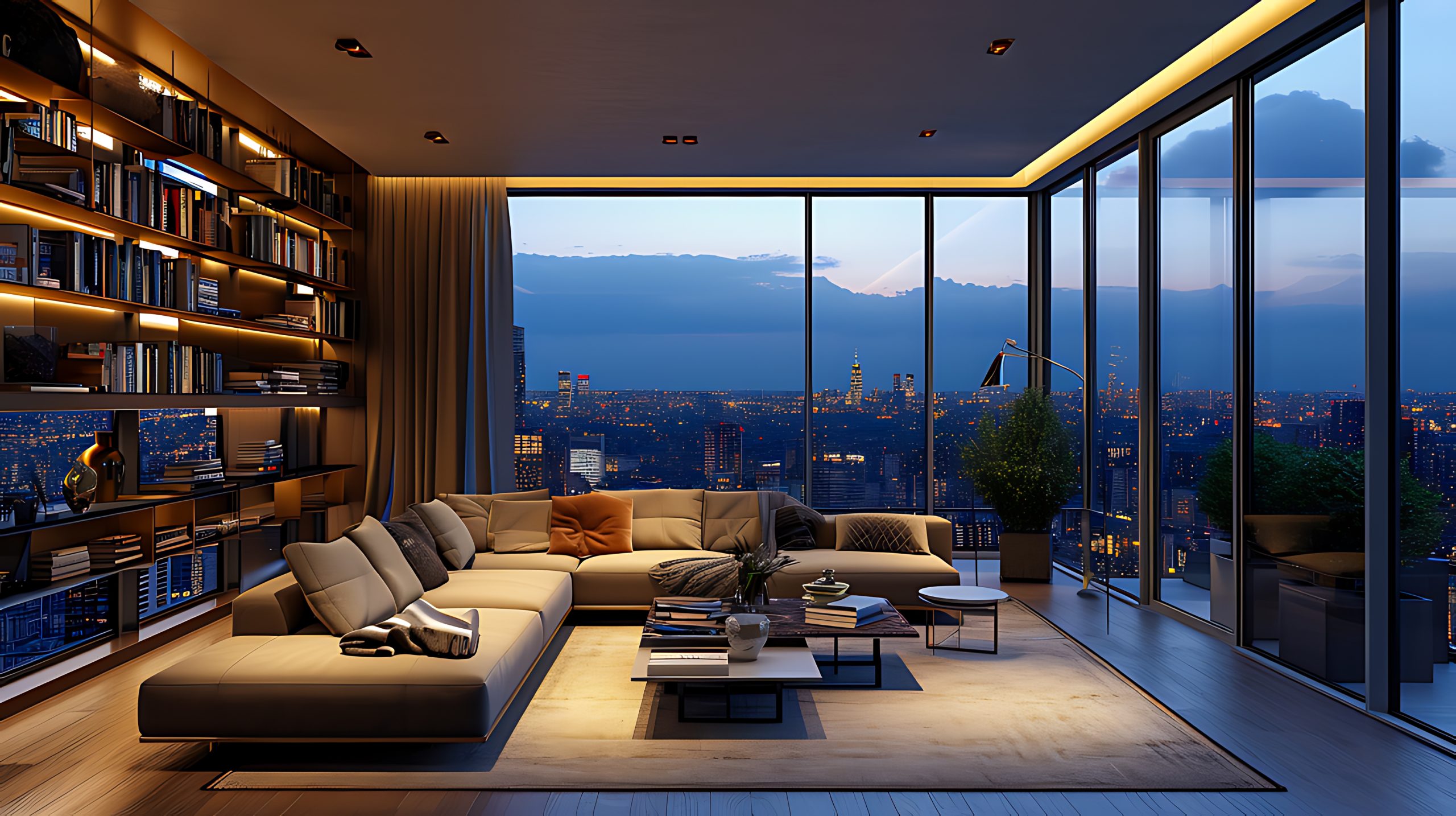
Beyond the Bulb: Wall Lights, Illuminating More Than Just Walls
The selection of wall light bulbs is equally crucial in achieving the desired effect. Beyond the standard incandescent or LED options, consider the color temperature and lumen output. Warm white bulbs (2700K-3000K) create a cozy, inviting atmosphere, ideal for living rooms and bedrooms. Cool white bulbs (4000K-5000K) provide a more energetic and focused light, suitable for kitchens and home offices. Dimmable bulbs offer flexibility, allowing you to adjust the light intensity to suit different moods and activities. Choosing the right bulbs ensures that your wall lights not only illuminate but also enhance the overall ambiance of your space.
Placement and spacing are essential factors in wall light design. Avoid placing wall lights too high or too low, as this can create harsh shadows or uncomfortable glare. Consider the room's dimensions and furniture layout when determining the optimal placement. In hallways, space wall lights evenly to provide consistent illumination. In living rooms, create a layered lighting effect by combining wall lights with other fixtures, such as table lamps and ceiling lights. For outdoor applications, ensure that wall lights are placed at appropriate heights to illuminate pathways and entrances effectively. Proper placement prevents light pollution and ensures that your outdoor lighting enhances safety and security.
Integrating wall lights with smart home technology offers even greater control and customization. Smart bulbs and dimmers allow you to adjust the color temperature, intensity, and timing of your wall lights remotely. You can create lighting scenes for different activities, such as movie nights, dinner parties, or relaxing evenings. Motion sensors can automatically turn on outdoor wall lights when someone approaches, enhancing security and convenience. Smart lighting systems can also be programmed to follow circadian rhythms, providing natural-feeling light that supports your well-being.
Finally, consider the environmental impact of your wall lighting choices. Opt for energy-efficient LED bulbs, which consume less energy and last longer than traditional bulbs. Use timers and motion sensors to prevent unnecessary energy consumption. Choose fixtures made from sustainable materials and consider the lifecycle of your lighting products. By making conscious choices, you can create beautiful and functional wall lighting designs that are also environmentally responsible. Now, grab your room design plan and consider the transformative power of wall lights. Experiment with different placements, styles, and light effects using Blox's Playground at bloxlimited.com/playground. Visualize how wall lights can enhance your space and bring your design vision to life, ensuring that your lighting choices not only enhance your home or business but also contribute to a more sustainable future.
Stay tuned for more lighting topics!
Blox's Team, Light Less Ordinary.

But what about lighting? Has the flicker of fluorescent lighting finally gotten to you? There are plenty of problems attributed to lighting, from migraines to eye strain.

Lighting is very important in enhancing space and shaping it according to the function of the space. Essentially, lighting is the 'soul' of the space.

"Owning less, living more" has become the guiding mantra of a new generation, where renting offers a sense of freedom and possibility. It liberates us from the responsibilities of homeownership—no repairs to worry about, no property upkeep to stress over. Instead, renting empowers us with flexibility, allowing us to prioritize experiences, personal growth, and self-expression over long-term commitments. While personalizing a rented space may seem challenging, it’s an invitation to unleash creativity, transforming a temporary residence into a reflection of your unique style and a home that truly feels like yours.
